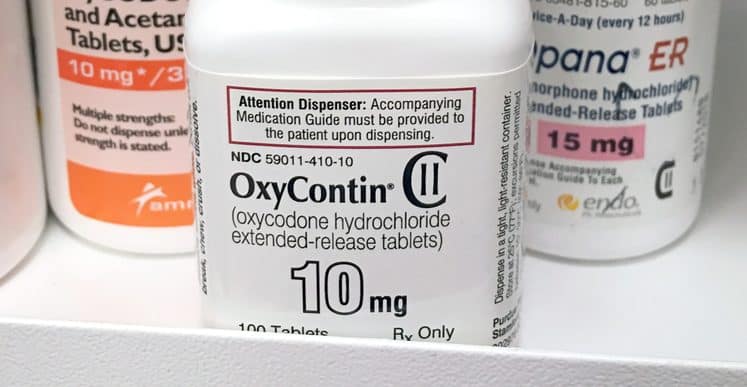Opioids are in the national spotlight right, as millions of people report using them and often abusing them, and thousands of Americans die each year from opioid overdoses. The following are some key facts about opioids:
- In 2017, there wereover 70,000 overdose deathsin the United States
- Some of the areas where there were the most overdose deaths included East Coast states like Maryland, Florida, Pennsylvania and Maine
- Opioids are prescribed for pain, both acute and chronic, but heroin is also an opioid
- Opioids usually come in pill form but they can be crushed into powder and snorted
- Opioids can lead to a euphoric high, and also addiction and dependence
- A large number of overdose deaths are primarily related to opioids including OxyContin and heroin
Because of its prevalence as a prescription opioid, many people recognize the brand name OxyContin. So, what is OxyContin and is it an opiate or an opioid?

What is an Opiate vs. Opioid? Is OxyContin an Opiate?
The term opiate technically refers to naturally-derived substances that come from opium. Some true opiates are morphine and codeine, but the terms opiate and opioid are often used interchangeably. Opioids can be synthetic or semi-synthetic, but they function like opiates. All opiates are opioids, but not all opioids are opiates.
OxyContin is an opioid because it is semi-synthetic. Synthetic and semi-synthetic opioids are derived from natural opiates, but also are partially synthesized.
[elementor-template id="4848"]There isn’t much of a difference between opiates and opioids, and there’s rarely a distinction made at this point in the opioid crisis. These substances — whether they’re derived from opium, semi-synthetic or synthetic — have similar side effects to one another, and similar overall effects. The only difference is that the opiate heroin is illegal while the other opioids are available only by prescription and are Schedule II substances in the United States.
Another term frequently used when describing opiates and opioids are narcotics. Opioids are classified as narcotics.
OxyContin is the brand name of the opioid oxycodone. This semi-synthetic opioid is intended to treat moderate to severe pain, and OxyContin is actually a controlled-release version of the drug. Oxycodone is also available in combination drugs, such as Percocet.
OxyContin is one of the most abused prescription opioids because people can crush it and dissolve it to inject or snort it. The result is a rapid, powerful high because the entire extended-release medicine affects the person at one time.
Opioid Abuse
There are quite a few risks associated with the use of opioids like OxyContin. Some of the risks are side effects such as nausea and drowsiness, but one of the biggest is the risk of abuse and addiction. From heroin to prescription opioids, these substances pose a high risk of causing addiction.
Of course, some people can take opioids like OxyContin safely and as prescribed by their doctor and then stop using them when they’re instructed to. At the same time, other people find that they enjoy the physical and emotional effects of taking the drug and they develop an addiction. Once addicted, people feel physically dependent on the presence of the drug to feel “normal.”
It’s important for people to realize that with any opioid or opiate, including OxyContin, there is always the potential for abuse and addiction. They should never be taken without a prescription or taken outside of as directed by a medical professional.
